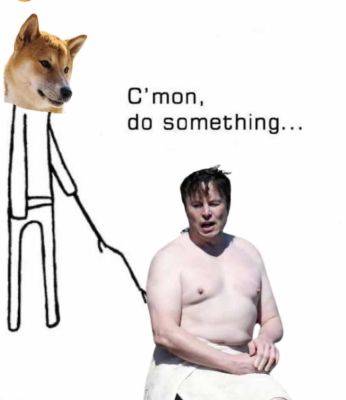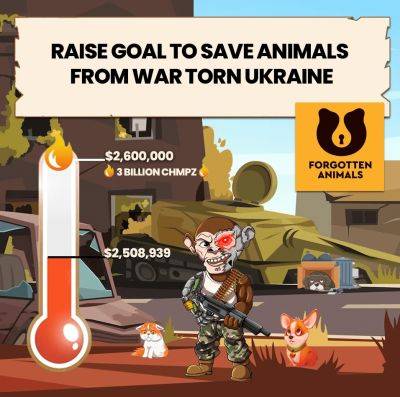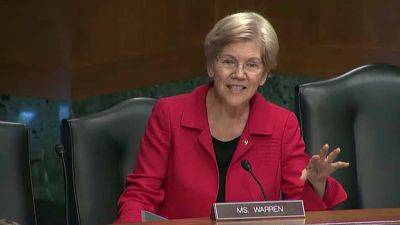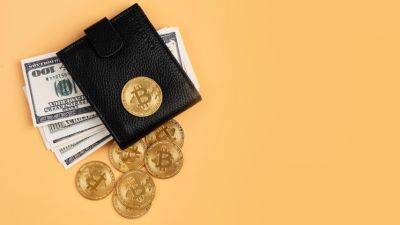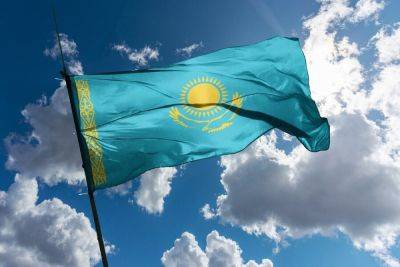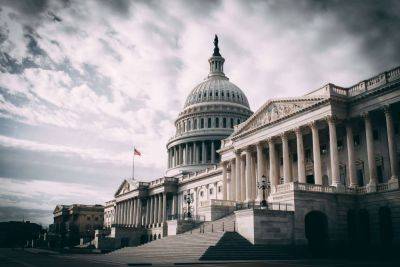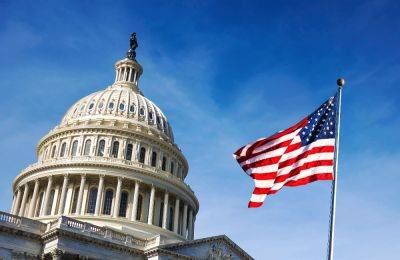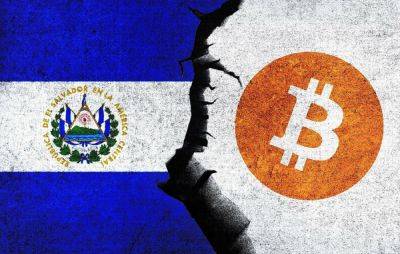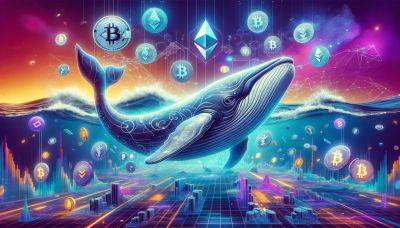History tells us we’re in for a strong bull market with a hard landing
While the United States Federal Reserve decided to hold interest rates at its November meeting, they remain at their highest level since well before the global financial crisis (GFC) of 2008-09. The Federal Funds rate stands at 5.25-5.5%, similar to the United Kingdom’s 5.25%, while in the European Union it is at a record high of 4%.
This is being driven by high inflation, which remains sticky throughout the developed Western world. It is so sticky that some, including Citadel’s Ken Griffin, are predicting it will hang around for a decade or more. As such, central banks are now musing on higher rates that may last longer.
This is a significant departure from what has become the norm over the past 15 years: ultra-low interest rates facilitated by never-ending cycles of borrowing at the government, corporate and individual levels. This constant flow of money led to a strong, uniform rally following the GFC, and kept equity markets on life support during the worst global health crisis in over 100 years.
Related: With Bitcoin’s halving months away, it may be time to go risk-on
Understandably, then, investors are nervous about what an end to this regime could look like, and they are right to be so. If history has taught us anything, it’s that capitalism is a boom-and-bust game. And right now, we are at the beginning of a fresh cycle.
While most of us look straight to 2008 to understand our current situation, it’s helpful to look back a bit further. Between 1993 and 1995, U.S. interest rates rose rapidly as a flash crash in 1989, high inflation, and tensions in the Middle East put pressure on the world’s largest economy. In response, the Federal Reserve raised rates from 3% in 1993 to 6% by 1995.
Far from hurting the U.S. or
Read more on cointelegraph.com

